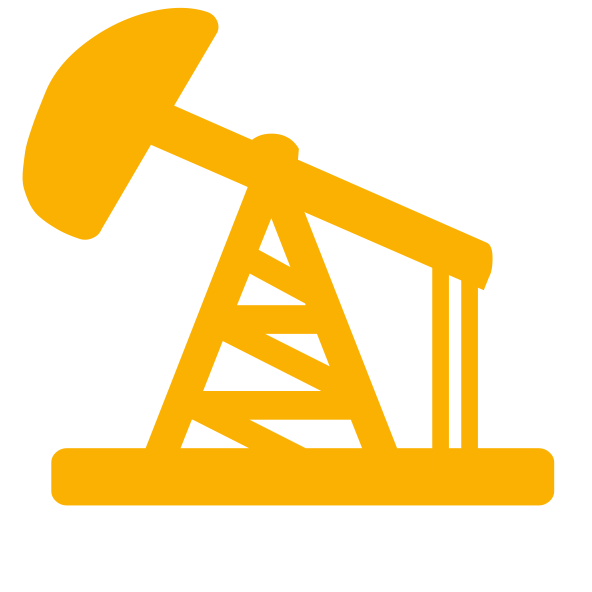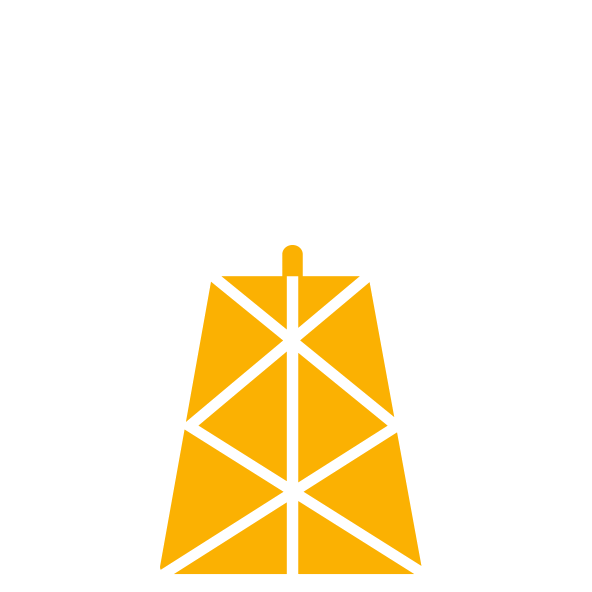Risk assessment is critical
As we continually develop our understanding of complex adaptive systems, the dynamic nature of risk and the growing interaction of technology-based processes and human activity, it has become increasingly critical to implement appropriate risk management strategies. For companies in high-risk industries, it is vital to ensure that risk remains a consistent part of the narrative of the organization.
Risk assessment is a critical component of risk management. It involves identifying, analyzing, and evaluating potential risks that may arise in a given situation or environment. This could be anything from workplace hazards to financial risks to environmental risks, and everything in between. The goal of risk assessment is to identify potential risks before they occur, so that appropriate measures can be taken to prevent or mitigate them.
Risk assessment typically involves a four-step process. The first step is to identify potential hazards or risks. This could involve conducting a site visit, reviewing historical data, or interviewing subject matter experts. The second step is to analyze the risks, which involves determining the likelihood and potential consequences of each risk. The third step is to evaluate the risks, which involves weighing the likelihood and potential consequences of each risk against each other. Finally, the fourth step is to develop a risk management plan, which outlines the specific measures that will be taken to prevent or mitigate each risk.
By conducting a thorough risk assessment, organizations can better understand the potential risks they face, and develop effective strategies to manage those risks. This can help to prevent accidents, injuries, financial losses, and other negative outcomes. Additionally, risk assessment can help organizations to comply with regulatory requirements, and to maintain a positive reputation with stakeholders.
Overall, risk assessment is a key component of risk management, and is essential for organizations looking to protect themselves from potential risks and ensure their long-term success. By taking a proactive approach to risk assessment, organizations can better manage their risks and position themselves for growth and success in the future.
Managing risk day in – day out
Managing risk day in and day out is a critical aspect of risk management, and involves implementing strategies and processes to identify, assess, and mitigate potential risks on an ongoing basis. This requires a continuous, proactive, results-oriented approach to risk management, where risks are regularly reviewed and assessed to ensure that they are being effectively managed. Effective risk management is a continual process that involves several key elements.
- Risk Identification: Identifying potential risks and hazards that may arise in a given situation or environment. This could involve reviewing incident reports, conducting site inspections, or monitoring changes in the regulatory environment.
- Risk Assessment: Analyzing the potential impact of each identified risk and determining the likelihood of the risk occurring. This could involve developing a risk matrix that assesses the severity and likelihood of each risk.
- Risk Mitigation: Developing and implementing strategies to reduce or eliminate the impact of each identified risk. This could involve developing new policies and procedures, providing training and education, or investing in new technologies or equipment.
- Risk Monitoring: Ongoing monitoring of the effectiveness of risk management strategies and identifying potential new risks as they arise. This could involve conducting regular safety audits, reviewing incident reports, or soliciting feedback from employees.
- Risk Communication: Communicating potential risks and risk management strategies to all relevant stakeholders, including employees, customers, suppliers, and regulators.
Overall, effective risk assessment is a continual, proactive, results-oriented strategy that involves identifying, assessing, and mitigating potential risks on an ongoing basis. By implementing a comprehensive risk management program that includes these key elements, organizations can better manage their risks and ensure their long-term success.
The challenges to safety optimization in high-hazard industries
Industries such as construction, oil and gas, petrochemicals, and mining operate in high-risk environments with inherent industry-specific hazards. These risks pose challenges that can impact production, worker safety, and operational efficiency. The likelihood and severity of these risks can vary with changing work environments, making it critical for organizations to recognize and deal with them in real-time on both strategic and operational levels.
To address these challenges, organizations must embrace technology that incorporates integrated monitoring, real-time analysis, data accessibility, collaboration, and equipment control to leverage optimal risk-based decision-making and gain important insights. However, this can be difficult to achieve when faced with organization-wide gaps in communication and inaccessibility of critical information.
In a dynamic work environment, the lack of a continuous flow of reliable, real-time data, communication, and status updates on workers and tasks in the field can be a significant drawback. Without access to critical updates or the ability to perform remote checks for unsafe behavior and conditions, organizations are unable to make data-based decisions to optimize performance and productivity, reduce operational risks, and ensure safety and reliability. Therefore, it is critical for organizations to find solutions that provide real-time information and enhance communication to mitigate risks and improve overall performance.
AI-Driven Connected Worker solution for workplace safety and optimization
With the rise of new technologies such as artificial intelligence (AI) and the Internet of Things (IoT), there are new opportunities to tackle these challenges in innovative and effective ways.
 One such solution is GOARC’s AI-driven connected worker solution that uses advanced data analytics, predictive modeling, and real-time monitoring to improve workplace safety and efficiency. Here are just a few of the ways that an AI-driven connected worker solution can add value to organizations:
One such solution is GOARC’s AI-driven connected worker solution that uses advanced data analytics, predictive modeling, and real-time monitoring to improve workplace safety and efficiency. Here are just a few of the ways that an AI-driven connected worker solution can add value to organizations:
- Automated safety audits: By analyzing data from sensors and connected devices to identify potential hazards and areas for improvement. A connected workforce can provide real-time feedback on safety concerns, allowing for more frequent and targeted safety audits.
- A hazard communication program: Automatically generating safety data sheets and labeling hazardous materials. Through mobile devices and wearables, the connected worker has access to hazard information and receives real-time alerts about potential hazards.
- Train employees on safety procedures: Develop and deliver personalized training programs based on an employee’s specific job duties and learning needs with hands-on training.
- Establish a culture of safety: GOARC’s solution identifies and analyzes patterns of unsafe behavior, allowing for more targeted interventions and coaching. The gamification feature promotes safe behavior, motivates workers, and makes everyday tasks exciting and rewarding.
- Continuously monitor and improve processes: GOARC’s platform monitors and analyzes data from connected devices to identify areas for process improvement and predict potential hazards. Through the connected app workers can use collaboration tools to share best practices and facilitate continuous improvement initiatives.
GOARC Safety 4.0 – Maximize safety and minimize risk
GOARC’s safety solution is a powerful tool for promoting safe worker behavior, effectively managing operational risks to prevent incidents in dynamic work environments. The GOARC Safety 4.0 platform uses artificial intelligence and other advanced technologies to gather unprecedented levels of real-time operational data to identify risk patterns and generate actionable intelligence and new safety routines that reduce the risk of industrial incidents. The GOARC platform provides comprehensive data and full chain transparency, anywhere, anytime, across all facilities no matter the geographical distribution.
GOARC’s solution solves the problem of accessibility and communication by breaking down traditional silos. With real-time visualization and data analysis in one command center, GOARC fully integrates all data sources: connected workers, devices, and systems. GOARC’s solution enables remote monitoring, analysis, and optimal data-driven decision-making from the field, command center and office, boosting safety through unparalleled communication, data visibility, consistency, and connection.
With real-time bi-directional communication, seamless integration of all internal and external data sources, continuous flow and accessibility of valuable data and insights, GOARC offers a unique and dynamic solution that is revolutionizing the practice of industrial safety.









